A clean kitchen sink drain is essential for maintaining a hygienic and efficient kitchen. Over time, food particles, grease, and soap residue accumulate in the drain, leading to slow drainage, foul odors, and even clogs. Regular cleaning ensures that the drain remains free from buildup and prevents the need for expensive plumbing repairs. Let’s go into how to clean kitchen sink drain. Looking how to install it? Check out our article about how to install the kitchen sink drain.
Keeping a kitchen sink drain in optimal condition is not difficult, but it does require consistency. Understanding the causes of buildup and learning effective cleaning techniques can help prevent problems before they start. This guide covers the best methods to clean a kitchen sink drain thoroughly and offers tips for ongoing maintenance.
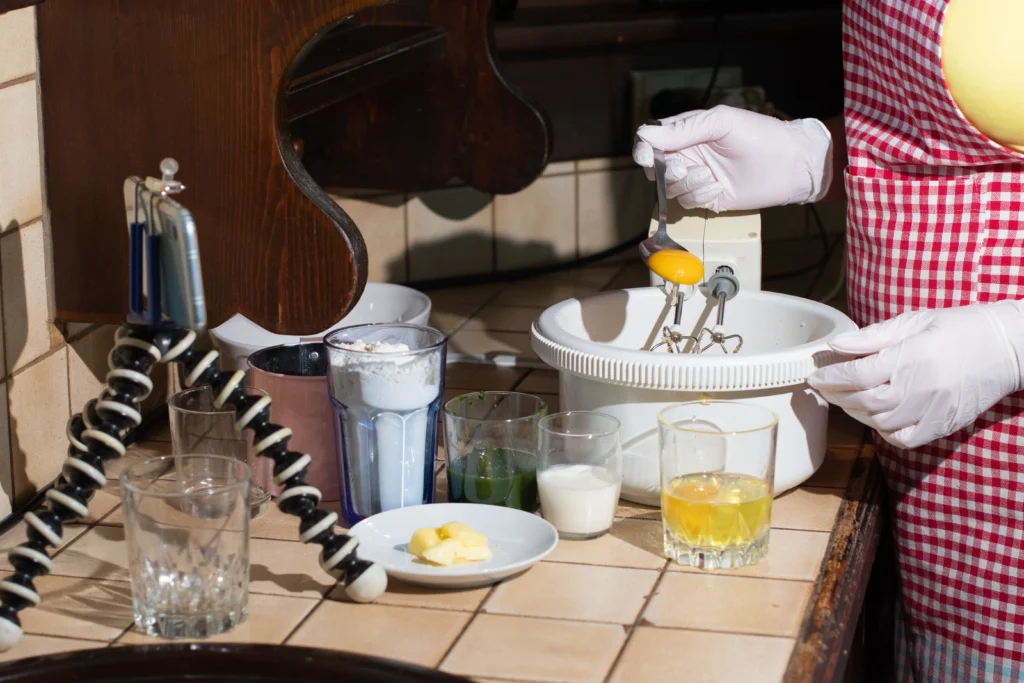
Understanding Why Kitchen Sink Drains Become Dirty
Kitchen sink drains are exposed to various substances that contribute to buildup and blockages. Grease from cooking, soap scum from dishwashing, and leftover food particles are some of the most common culprits. When these substances accumulate, they create an environment where bacteria thrive, leading to unpleasant odors.
In addition to odor, buildup can restrict the flow of water, making it harder for the sink to drain properly. If left untreated, minor obstructions can develop into complete blockages that require professional intervention. By addressing these issues early, homeowners can avoid costly plumbing problems and maintain a clean kitchen environment.
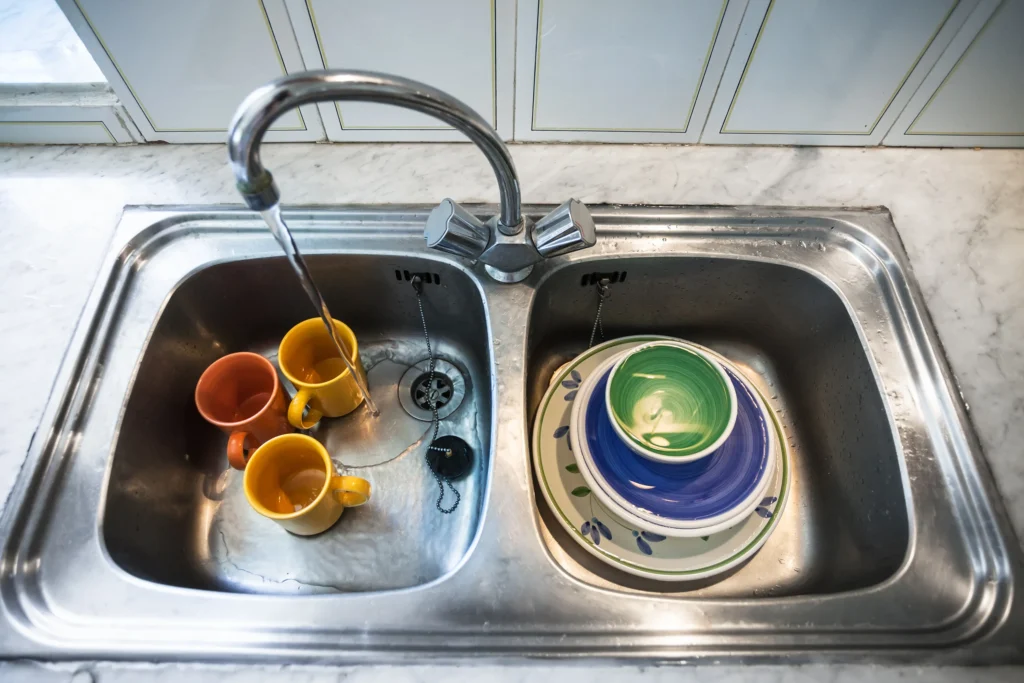
Using Natural Cleaning Solutions to Break Down Buildup
Many effective cleaning solutions use common household ingredients to break down grease, food particles, and soap scum. One of the most popular methods involves a combination of baking soda and vinegar. This reaction helps loosen debris and neutralize odors, making it a safe and efficient cleaning solution.
To clean the drain with this method, baking soda is poured directly into the drain, followed by white vinegar. The fizzing action helps lift dirt and residue from the walls of the pipes. After letting the mixture sit for about fifteen minutes, flushing the drain with hot water removes any remaining particles.
Another simple yet effective approach involves using a mixture of salt and baking soda. The coarse texture of salt provides a scrubbing effect that helps break up grease and grime inside the drain. By pouring this mixture down the drain and following it with boiling water, homeowners can clear minor blockages and prevent further buildup.
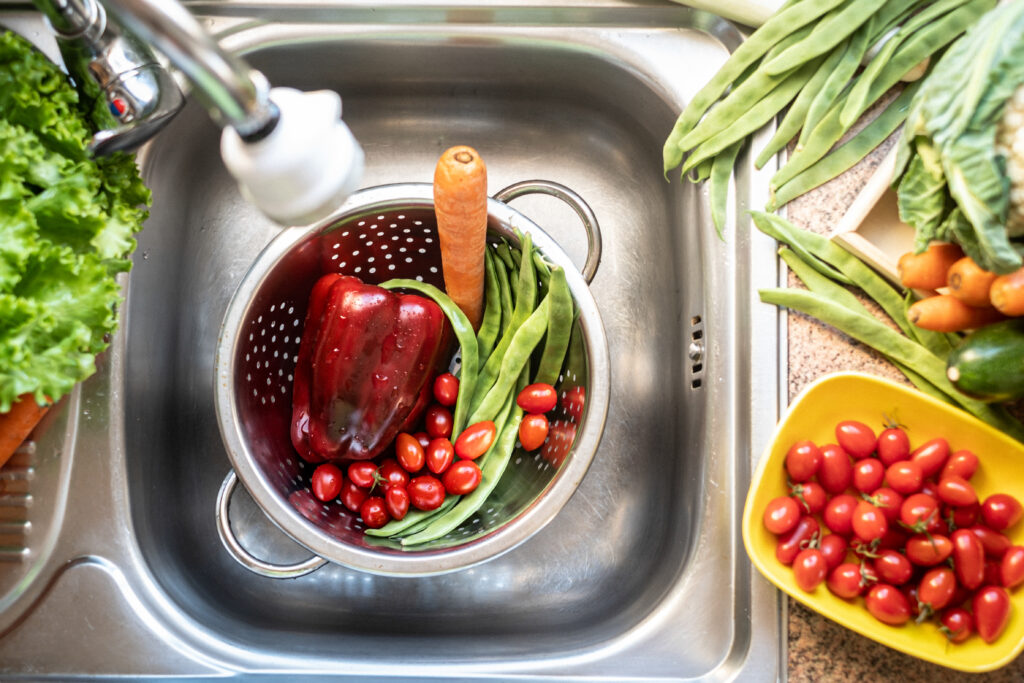
The Role of Boiling Water in Keeping Drains Clear
Hot water is a powerful tool for maintaining a clean kitchen sink drain. Regularly pouring boiling water down the drain helps dissolve grease and soap scum, preventing them from sticking to the walls of the pipes. This method is particularly useful for kitchens where greasy dishes are washed frequently.
Boiling water should be used with caution, especially with plastic pipes, as extreme heat can weaken them over time. For sinks with metal plumbing, boiling water can be used more freely to keep drains running smoothly. Incorporating this step into a weekly cleaning routine can significantly reduce the likelihood of blockages.
Addressing Stubborn Clogs with a Plunger
When food particles and grease accumulate beyond what natural solutions can dissolve, a plunger can provide additional force to dislodge the obstruction. A sink plunger, which is smaller than a toilet plunger, is designed specifically for kitchen sinks and creates suction to break apart clogs.
To use a plunger effectively, the sink should be partially filled with water to create a seal around the drain opening. Applying firm, rapid plunging motions forces air and water through the pipes, helping to push out the obstruction. This method is especially useful for food-related clogs that may not respond to chemical or natural cleaning solutions.
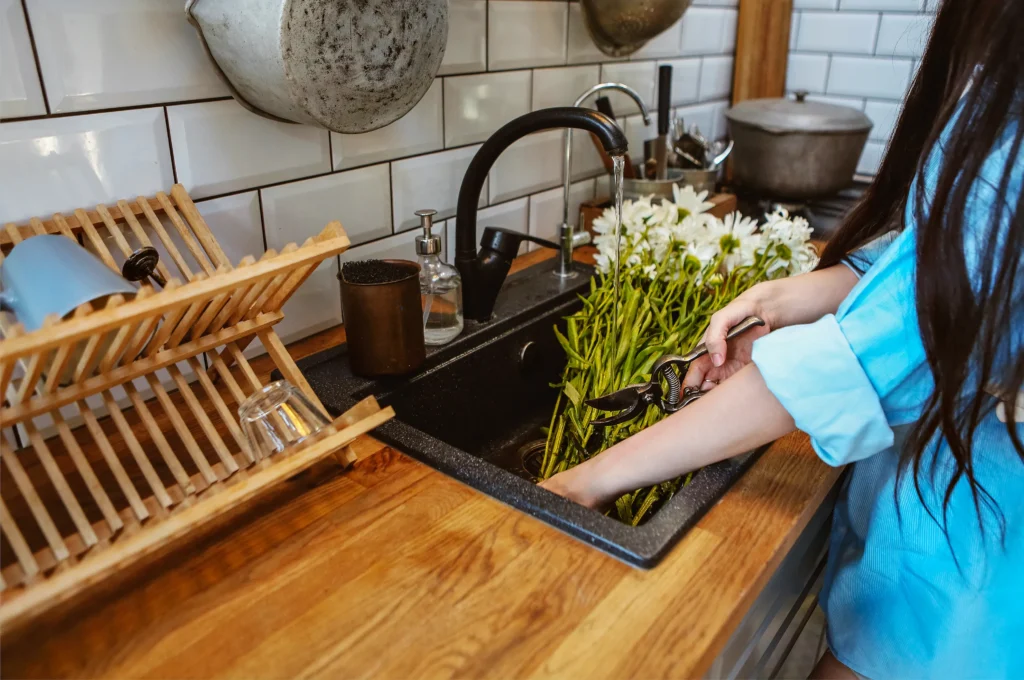
Cleaning the P-Trap for Deeper Maintenance
If a kitchen sink drain remains slow even after using cleaning solutions and a plunger, the issue may be located in the P-trap. The P-trap is the curved section of the pipe beneath the sink that collects debris before it travels further into the plumbing system. Cleaning this area can restore proper drainage and eliminate foul odors.
To clean the P-trap, it is necessary to place a bucket beneath it to catch any water or debris before loosening the connections. Once removed, the trap should be inspected for buildup and thoroughly rinsed before being reattached. Checking this area periodically ensures that large particles do not accumulate and lead to more severe clogs.
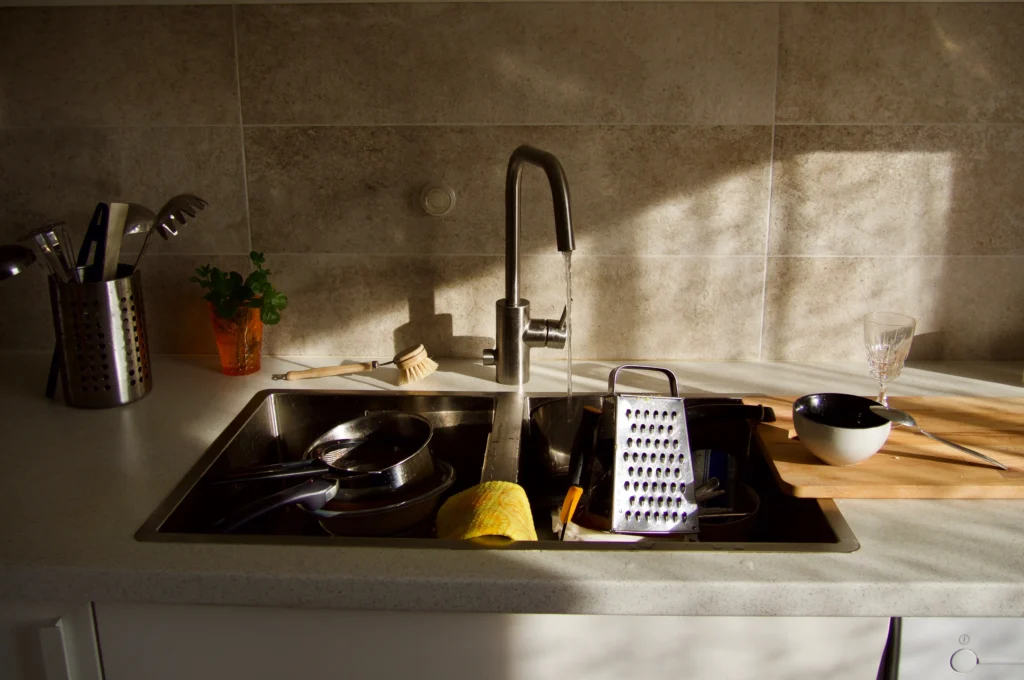
Preventing Future Buildup in the Kitchen Sink Drain
Regular maintenance is the best way to prevent buildup and keep the kitchen sink drain functioning properly. One of the simplest ways to do this is by installing a drain guard to catch food particles and prevent them from entering the pipes. This small investment can make a significant difference in reducing the risk of clogs.
Grease should never be poured down the drain, as it solidifies over time and leads to blockages. Instead, it should be collected in a separate container and disposed of properly. Running hot water after washing dishes also helps remove any residual grease and soap that may have entered the drain.
Using natural cleaners like vinegar and baking soda on a routine basis can keep the drain fresh and free from buildup. Flushing the drain with hot water at least once a week helps dissolve minor residue before it has the chance to accumulate. These preventive measures significantly reduce the likelihood of blockages and ensure a clean, odor-free sink.
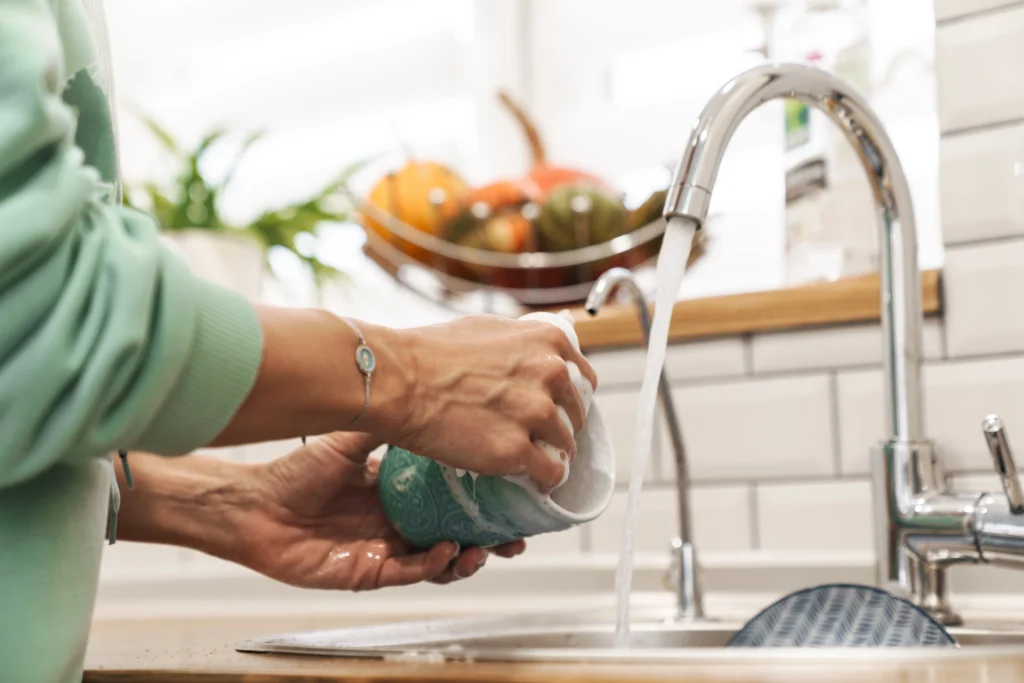
Maintaining a Hygienic Kitchen Environment
Beyond cleaning the drain, maintaining a hygienic kitchen sink is equally important. Bacteria can thrive on the surface of the sink, particularly around the drain opening. Regularly scrubbing the sink with antibacterial cleaners helps prevent the spread of germs and ensures a cleaner environment for food preparation.
Using a disinfectant spray or a solution of vinegar and water can help eliminate bacteria and keep the sink smelling fresh. Wiping down the faucet and handles as part of a daily cleaning routine further enhances kitchen hygiene. Keeping the entire sink area clean complements efforts to maintain a clog-free drain.
Conclusion
A clean kitchen sink drain contributes to a well-functioning and hygienic kitchen. By understanding the causes of buildup and using natural cleaning methods, homeowners can prevent unpleasant odors and blockages. Routine maintenance, such as flushing with hot water and cleaning the P-trap, ensures that the drain remains clear.
For homeowners who experience persistent drainage issues, professional home inspection services can identify underlying plumbing problems. Icon Home Inspectors provides expert evaluations to ensure that kitchen plumbing systems remain in top condition. Investing in regular maintenance not only prevents plumbing issues but also promotes a healthier and more efficient home environmen